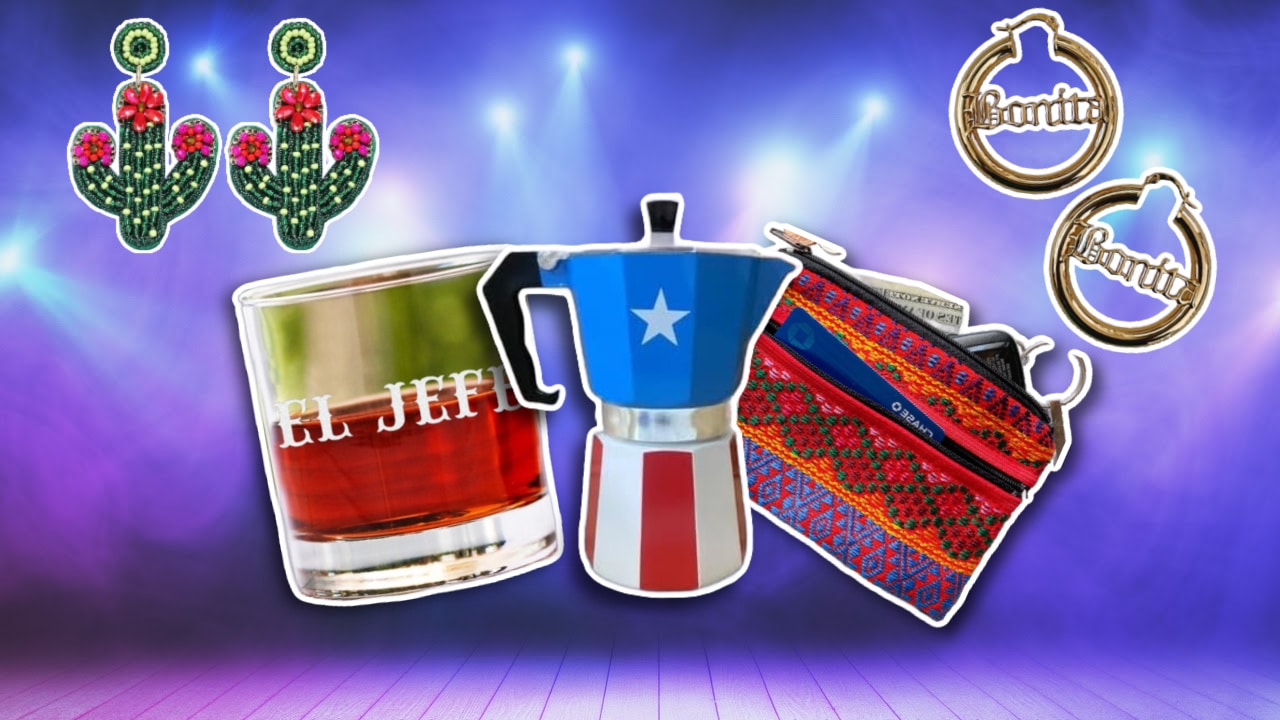These Queer Latino Artists Inspired Madonna’s ‘Vogue’ and Set the Stage for Shows Like RuPaul’s Drag Race
“When we walk together, we shine brighter than the entire Manhattan skyline. We make a statement.”
Wise words from the Mother of the House of Evangelista, Blanca Rodriguez-Evangelista, to her house children during one of the last episodes of FX’s “Pose.”
The groundbreaking three-season drama told the story of New York’s Ballroom or Ball Culture. It shed light on the importance of the Latino and Black LGBTQ+ people in the 1980s and early ’90s amid the HIV/AIDS crisis.
Blanca, played by NYC-born Boricua actress MJ Rodriguez and the first trans woman to win a Golden Globe, knew that the Ballroom was the only place to shine so bright that nobody could deny your existence.
It is fitting that Rodriguez said it because historically, the Latinx gay, queer, and trans people have been at the heart of Ball Culture and New York’s drag scene.
The Ballroom subculture saw its blossoming in the 1970s and 1980s in NYC as its popularity grew worldwide. It developed into competitions with a myriad of categories — including “vogueing” and “vogue battles,” “walking face,” and “runway.”
It gave us words like “shade” and “work it” and inspired TV mega-hits like “RuPaul’s Drag Race.”
Madonna’s ’90s ‘Vogue’ owes everything to Ball Culture and its Latino dancers’ iconic moves
Latinos gave face first during the iconic competitions; just watch the documentary “Strike a Pose.”
One of the most beloved names of the time is Angel Segarra. She was a South Bronx Boricua kid who became Angie Xtravaganza — from the House of Xtravaganza — the most famous of NYC houses.
Angie Xtravaganza, the star of the film “Paris is Burning,” died of AIDS at only 27. She had been a Mother to many — including Hector Extravaganza, a well-known Latino figure in NYC Ball Culture and a consultant on “Pose.”
But Ball Culture is a phenomenon that has been around for a while
We can trace the roots of the Ballroom scene to the 1800s, the American Civil War’s end.
According to the National Museum of American History, places like Harlem’s Hamilton Lodge No. 710 were venues for what was then known as “masquerade balls.” These soirées took place after the war ended and during what became known as the Harlem Renaissance.
The patrons of these balls were diverse in race, gender, and preferred sex. The festivities included women dressed as men. Even the celebrated African-American poet Langston Hughes was said to attend.
The “main attraction” were female impersonators who sashayed their gowns and gorgeousness in front of judges in total pageantry fashion.
One of the most celebrated at The Hamilton Lodge was William Dorsey Swann, one of the first drag queens and LGBTQ+ activists. Swann self-identified as the “queen of drag.”

A new century full of prohibitions
Despite their popularity, by the start of the 20th century, society considered balls illegal. Attendees became outcasts, and it was a cultural scene censored by mainstream society.
It only served to drive the balls underground and upped their appeal; by the 1930s, thousands were attending them.
As the century evolved, so did the balls. They became what we know today as Ball Culture, with a look, sound, and performance all their own.
The houses also became an essential part of the culture. They were sanctuaries where Black and Latino gay, queer, and trans people found safety and the love of a family most never had.
It was Black trans-woman Crystal LaBeija who, tired of being judged by a European standard of beauty, created the first house: the House of LaBeija in 1968.
Interestingly, LaBeija, featured in the documentary “The Queen,” took on her drag name because the “Latin queens” called her “La Belleza.”
Today, Ball Culture has gone mainstream
Even though Ball Culture is widely accepted today, it is as important now as it was in its inception.
It is still the place where Black and Latinx LGBTQ+ people can continue fighting for acceptance in a world that is intent on eliminating their voices and humanity.
And the ball will always be the venue where you can be whatever reality you dream of — even Royalty in stilettos.
In his article, “The Slap of Love,” author Micheal Cunningham beautifully describes how Ball Culture transforms the identity of those who live it.
“She’d never been a scrawny boy named Angel Segarra, one of 13 children, most of whom had different fathers. She wasn’t the son of an abusive Puerto Rican woman in the South Bronx. She was and had always been triumphant, dazzling, the fiercest thing in high heels,” Cunningham wrote about Angie Extravaganza.
As Blanca tells her house children during the season finale of “Pose,”
“We rose from the bottom, and we became stars.”




